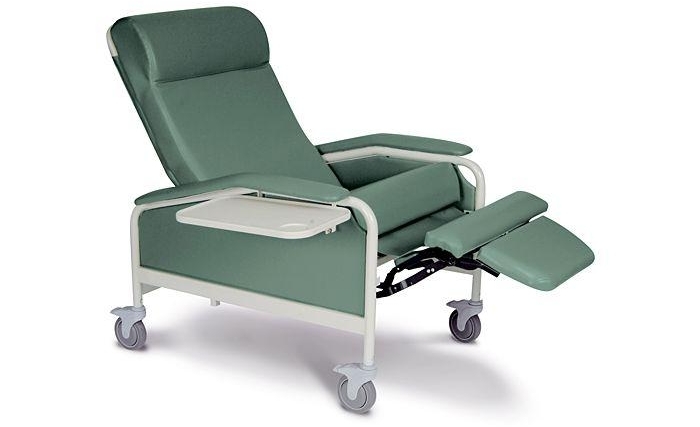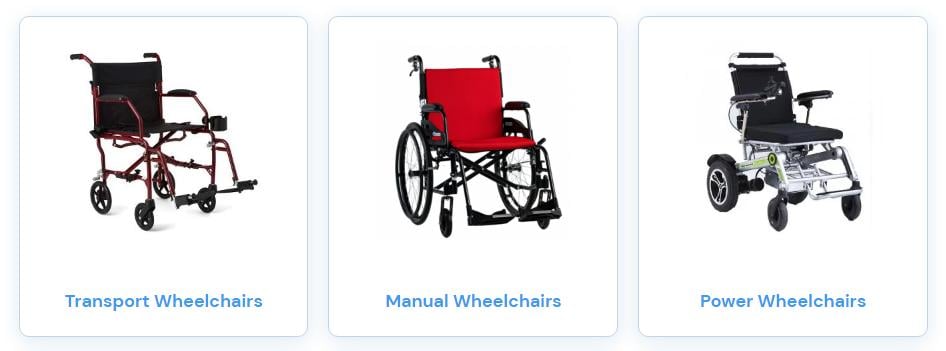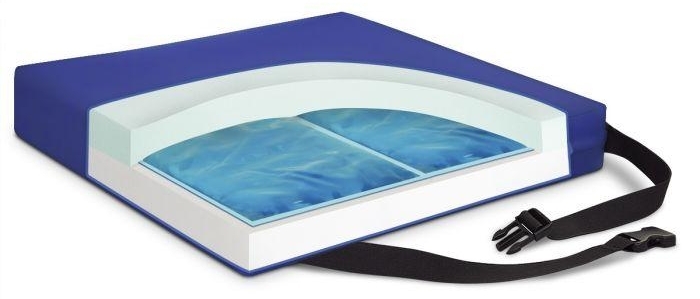Are you new to the world of wheelchairs or just don’t know where to start when purchasing one? Look no further. Although wheelchairs are a need for many reasons (illness, injury, or disability), this does not imply that they have to be uncomfortable or unattractive. Today, the market is flooded with various alternatives for wheelchair users who want to live their lives to the fullest, ranging from foldable to ergonomic chairs and everything in between.
For a novice wheelchair user like yourself, it’s essential to understand that buying a wheelchair is more complicated than just “buying a wheelchair.” Since they come in various forms and sizes and may accommodate almost every body type, choosing one that completely suits your needs may be similar to climbing a mountain barefoot. This guide will discuss everything you should expect at the beginning of your wheelchair journey.
Key Takeaway
- Wheelchairs are a need for many reasons (illness, injury, or disability).
- The first-ever wheelchair was made in 1519 for King Phillip II of Spain.
- The most commonly used are manual, transport, and power wheelchairs.
- Before investing in a wheelchair, pay attention to your surroundings – are things wheelchair accessible?
- Begin weight training to easily roll the wheelchair tires manually.
- Pay attention to wheelchair seating, warranties, and financing options.
What Is a Wheelchair?
As the name suggests, a wheelchair is a chair with wheels. In other words, it is a manually operated or power-driven device designed for individuals with mobility issues due to injury, illness, or disability. While the earliest wheelchairs had to be pushed by another individual (more on that later!), today, you can easily move them, either manually (by pushing the wheels) or electrically.
Wheelchair Through Years – From Origin to Evolution
According to evidence found in art and literature, comparable devices were used during ancient times, particularly in early Greece and China. When it comes to the official beginning, it all started in 1519, when a wheelchair was made for King Phillip II of Spain, who suffered from gout and needed mobility assistance. This aid, however, wasn’t self-propelling and required an attendant.
The 1700’s
After a century had passed, the wheelchairs desperately needed an upgrade; thus, in 1783, John Dawson from Bath (a city in England) constructed a wheelchair and named it after his town. Two massive wheels were located in the Bath’s rear; however, the front wheel was much smaller. All of the Bath’s designs were extremely heavy, necessitating the employment of a donkey or horse to be pushed or dragged about. The design was so successful that over 40 years, Bath sold the most units.
The 1800’s
Fast forward to 1800, the Bath wheelchair needed improvements. Although it was popular among those who could buy it, the overall structure offered little to no comfort. Later, the Bath was constructed out of various materials to maximize comfort. Even better, Queen Victoria preferred it. However, in the 1860s, wheelchairs designs comparable to those used today became available.
The Early 1900’s
As time passed, wheelchairs gradually became lighter and easier to travel in. It was 1932 when Harry Jennings developed the first folding wheelchair model made of tubular steel. Harry developed this wheelchair for his disabled friend Herbert Everest, and the two friends later established Everest and Jennings, which became the mobility and adaptive equipment manufacturing powerhouse.
The Mid 1900’s
When it comes to the first electric or powered wheelchair, George Klein, born in Hamilton, Canada, is recognized for contributing to the design and invention. In the 1950s, motorized chairs were available for mass production for the first time, which made the life of wheelchair users even more accessible. The 1990s saw the beginning of widespread production and usage of sports wheelchairs, which provided its users with additional support and assistance in various sporting endeavors.
2022 and Beyond
Over the course of the previous few hundred years, the wheelchair industry has seen a variety of transformations, from the early wheelchairs, which needed attendants to move about, to the current wheelchairs, which allow for freedom of movement and mobility. Given the quick rate at which technological advancements are being made, who knows what the future holds?
Types of Wheelchairs to Expect
From manually operated to power-driven, a wide variety of wheelchairs are available to pick from, and the right one will depend on your requirements. However, if you aren’t acquainted with the terminology and what each signifies, you may end up wasting money on the wrong wheelchair. The following section will help you narrow down your research and simplify the buying process.
Transport vs. Manual Wheelchairs
Manual wheelchairs are intended for the individual seated in the chair to maneuver independently, while transport wheelchairs are made to be pushed by caretakers or companions. On the other hand, wheelchairs designed for transport often have four small wheels, whereas wheelchairs designed for manual use typically have two smaller wheels in front and two bigger wheels in the rear.
Power Wheelchairs
A power wheelchair, also known as a powerchair, electric wheelchair, motorized wheelchair, or electric-powered wheelchair (EPW), is a kind of wheelchair that moves forward with the assistance of an electric motor (often via the use of differential steering) rather than the user’s physical power. Individuals who cannot walk short distances or those with weaker upper extremities may use them.
New Wheelchair Users – Essential Aspects to Consider
If you were just recently put into a wheelchair, it’s possible that you don’t fully understand how to manage things quite yet. Firstly, remember that it is normal for you to feel uncertain about how to travel moving forward. After all, wheelchair accessibility is a new experience that requires time to get used to. Now that you know everything about the history and origin of wheelchairs, it’s time to gear towards the next part: the essential aspects of using a wheelchair.
Think About Your Surroundings
Before investing in a wheelchair, pay attention to your region’s surroundings, particularly meteorological conditions. For instance, if you are caught in a blizzard with your brand-new wheelchair, and it gets damaged, know that you will be responsible for the costs of having it repaired (the average cost of wheelchair repair is $100 to $200; however, it may vary). To begin, imagine driving a vehicle, truck, or SUV, and apply the same frame of mind to your new accessibility.
Get Stronger By Exercising
If you pursue the route of purchasing a manual wheelchair, know that you will need to provide your own propulsion by rolling the wheelchair tires with your hands and arms in order to move about. It may not be easy to complete this activity if you do not have strong upper body strength; therefore, going to the gym and focusing on strength training with a personal trainer may be essential.
Avoid Alcohol
Drinking alcohol has been linked to weight gain, making it more challenging to move about using a wheelchair; thus, consider switching up the alcoholic drinks. It’s okay to have a beer or glass of wine every once in a while, but you shouldn’t just slouch in your chair and consume beverages nonstop. In 2016, around 38.9% of individuals with disabilities age 18 and older were obese; thus, you should do everything you can to prevent yourself from falling into that category.
Seating, Warranties, and Financing Options
As a rule of thumb, you shouldn’t purchase a product without first examining it and getting a feel for it, especially regarding something as important as medical equipment. At 1800Wheelchair, the comfort issue is by far the most frequent one we’ve encountered when dealing with wheelchairs over the years. If you shop with us, you’ll find various seating options among 1,200 products in 100 different categories. However, if you need enhanced comfort, consider wheelchair cushions.
In addition to comfort, warranties and financing are the next top concern. Before making a purchase, you must investigate the manufacturer’s warranty and financing options. This applies to the warranty provided by the product manufacturer and affordable financing options by the seller. For example, 1800Wheelchair is a Bread® partner, which means you can pay for your purchase over time.
So there you have it: a beginner’s guide to a wheelchair. Entering the world of wheelchairs may be overwhelming; however, with all the essential aspects in place, you may lead a happy and healthy life moving forward. With time, you may understand that embracing life in a wheelchair is pretty straightforward – all it requires is maintaining a positive outlook to get the most out of your journey.



